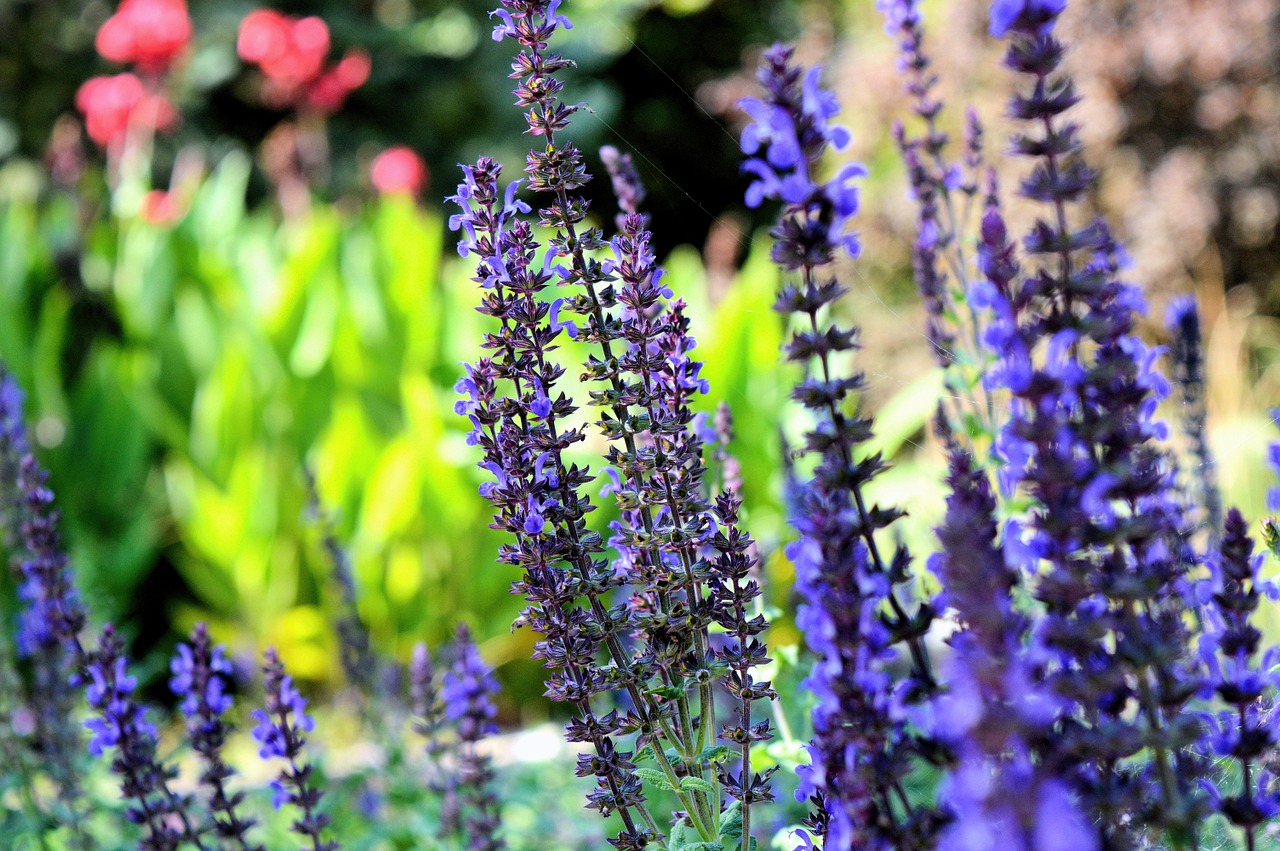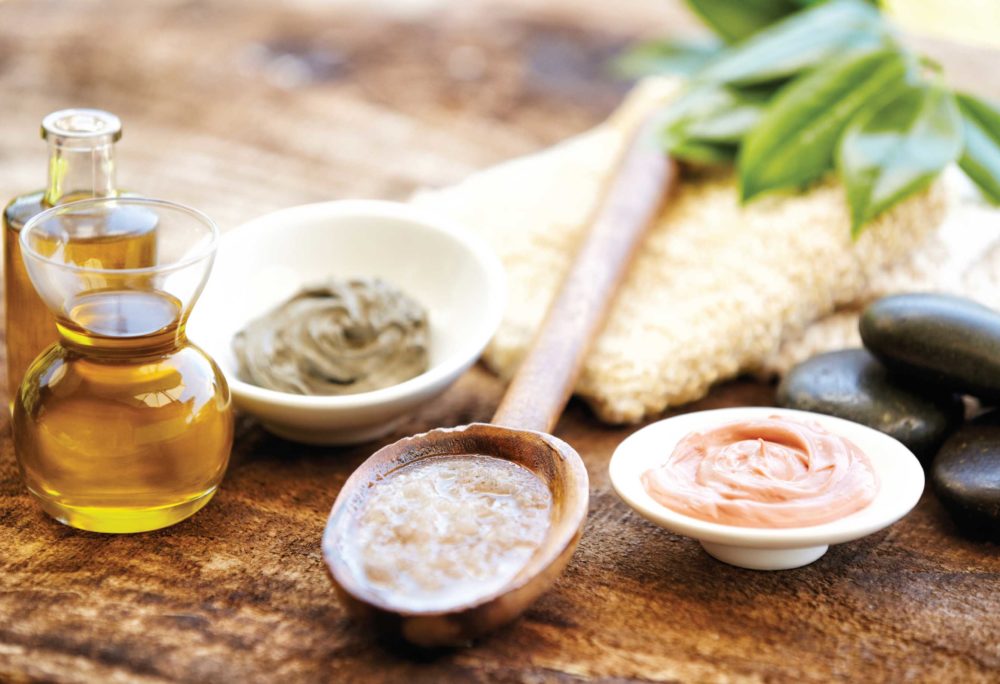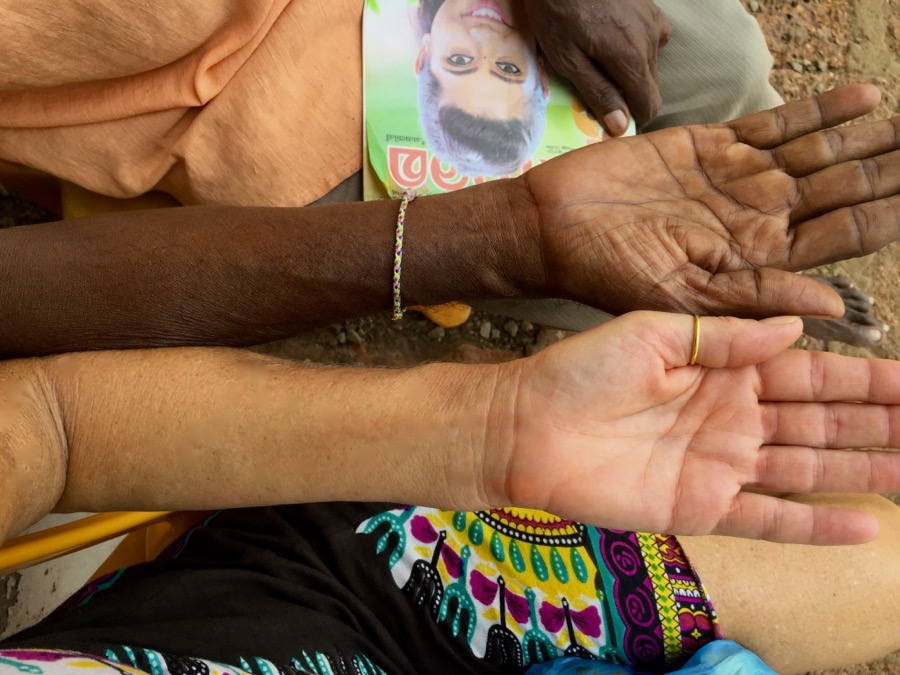The term cell turnover in skincare refers to your skin’s process of shedding dead skin cells and replacing them with younger cells. This cycle takes about 4 weeks when you’re in your 20s. But as we age the skins metabolism slows, leaving dead skin cell build-up and a dull appearance.
Regular facials can turn this around with professional-grade peels to clear off dead skin cells and stimulate the skin’s metabolism to a youthful pace. Without the barricade of dead skin cells, quality products are then able to penetrate down to the live skin cells where the magic happens.
But don’t think facials alone will keep your skin in shape. It’s the combination of regular facials along with quality homecare products that maintain a vibrant complexion into our later years. Similar to working out, if we exercise only once a month and eat junk food for the rest of the month, we won’t see progress. It’s better than never exercising, but it won’t get you into shape. Through regular exercise and a healthy balanced diet, you achieve physical fitness, and it’s the same for your skin. Your skin requires daily maintenance and nutrition.
Designing a custom home care regimen is one of the most valuable services I offer my skincare clients. Proper use of quality products can turn lackluster skin to a radiant glow rather quickly. Yet, with so much information out there, it’s hard to know what a quality product is, and then how to choose for your skin type, and use the products correctly.
What’s Your Skin Type?
One size does not fit all
Skin type is measured by the amount of oil produced, which is determined by genetics. Skincare products should be formulated per skin type:
Normal – Balanced oil production, normal pore size. Clear, smooth, and supple skin with no redness.
Oily – Thick skin with heavy oil production, congestion, large pores, becomes shiny throughout the day.
Dry – Small pores producing less oil, dull appearance, and deeper lines. Without oil to hold in it, sweat evaporates quickly leading to dehydration as well.
Combination – Mixed oily areas with dry patches. Often dry cheeks and oily ‘T-zone’ with enlarged pores.
Sensitive – Considered a skin type as well as a skin condition, Sensitive skin is thin and fragile, often with dilated capillaries, causing redness. Typically reactive and inflamed, sensitive skin types often have allergies.
Product Quality

Cosmetic Grade
The outermost layer of skin consists of dead skin cells. Products that only penetrate this level are considered ‘cosmetic’ grade. You’ll find these products at your local drug store.
These products usually contain one active ingredient to target the condition they claim to address. But anyone with knowledge of cosmetic ingredients can read through the marketing hype. The active ingredients are often of low quality and unsound formulations. For example, many ‘Vitamin C Serum’ contains a type of vitamin C that oxidizes and loses potency when mixed with water. Yet, the second ingredient is water.
Drug store cosmetics often contain chemical fillers designed to extend the shelf life and keep costs low for the manufacturer but have no benefit (and are potentially harmful) to you and your skin.
For budget shoppers, I direct clients to health food store skincare products. If you’re unable to invest in quality products for your skin, then at the very least do no harm!
Department Store Brands
Department store cosmetics have fancier packaging, better marketing, and a higher price tag than drug store brands. They may have better formulations than drug store products, but they’re often full of chemical fillers.
Cosmeceutical Grade
The term ‘cosmeceutical’ is not recognized by the FDA. It was created by skincare companies to differentiate their products from those sold in drug stores. Such products strive to stimulate the deepest live skin cell layers of the epidermis, making them able to produce long-lasting effects.
Cosmeceuticals have higher percentages of active ingredients and are based on solid science. They may seem more expensive, but it’s been my experience that you save money using them because a little goes a long way and with noticeable results.
Cosmeceuticals are purchased through spas and skincare clinics. Not all cosmeceuticals are created equal, so it’s useful to get advice from a skin care professional when purchasing.
Pharmaceutical Grade
‘Pharmaceutical’ grade products have the capacity to penetrate deeply to the dermal layer, which contains blood vessels. Because of their ability to travel systemically, they’re considered medicine and need a prescription from a doctor.
Retin-A is the gold standard in anti-aging. High dose vitamin A increases cell turnover and stimulates collagen and elastin production. However, vitamin A can collect in the liver which is why it is recommended that its use be monitored by a physician.
Daily Regimen

The 4-Step Routine
The products and ingredients for your skin will vary depending upon age, skin type, climate, and conditions, but these four steps can be used by all:
Cleanser
Cleanse twice a day, both morning and night. Throughout the day, environmental pollutants collect on the skin, sticking to moisturizers and sunscreen. You don’t want to rub that into your pillow night after night. During sleep, the skin goes through a detoxification process and it needs to breathe.
I suggest cleansing the face as soon as you’re home for the evening. That way you don’t lose motivation and skip it when you’re too tired. At the very least, use a natural face wipe to cleanse off the surface grime.
Dry skin types should use a cream cleanser that nourishes while cleansing and avoids stripping oils. Normal to oily types can use a foaming gel cleanser. Oily and acne types benefit from a foaming gel cleanser with added hydroxy acids to assist resurfacing and clearing pores.
Serum
Apply serums once or twice per day after washing and before moisturizing. Serums are made from small molecules, allowing active ingredients to penetrate to the live skin cell layers. The active ingredients used depends upon the target condition.
For long-term sun damage and hyperpigmentation (brown spots), a serum high in peptides or the anti-oxidant brightening properties of Vitamin C would be beneficial. For acne-prone skin, hydroxy acids are perfect in a gel-based oil-free serum.
Day Moisturizer/SPF
Moisturizers are made from larger molecules designed to seal in moisture at the surface. After cleansing and serum application each morning, seal in moisture with a broad spectrum UVA/UVB sun protecting moisturizer. Oily skin types will use oil-free with a ‘mattifying’ finish. Dry skin types use a ‘hydrating’ SPF with a dewy finish.
Night Moisturizer/Treatment
Nighttime is a great opportunity to treat or feed your skin.
Dry and sensitive skin types can use a healing repair cream or a targeted treatment like a ‘brightening cream’ for pigmentation, or Retinol/Retin-A for building collagen and elastin.
A serum may be enough moisture for oily skin types. Oil-Free retinol serum or an alpha hydroxy acid serum would be perfect. If more moisture is needed, try an oil-free anti-bacterial moisturizer.
Severe acne types may benefit from benzoyl peroxide treatment, but there’s an art to using BPO effectively. An acne specialist can help you pinpoint which type of acne you have and get you on a successful regimen.
Skin Consults
I offer skincare consultations via Zoom/Skype at $1 per minute paid through PayPal/Venmo. Usually, only 15-20 min. needed.


